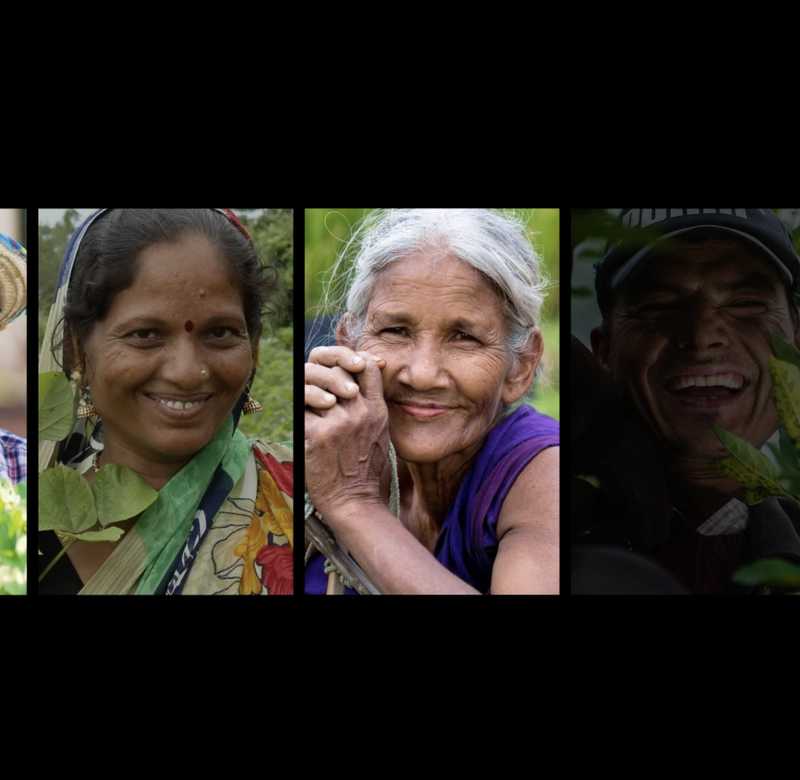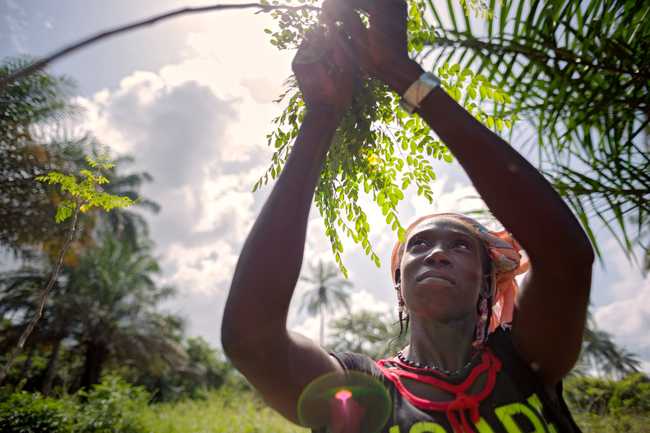
Landscapes in Action
Hosted by: UN-REDD
The session brought together high-level government, civil society and private sector voices to outline concrete, ambitious actions for forests. The session took place in two parts. It explored systemic solutions on the supply and demand sides of high-quality emission reductions from forests. The second session looked at how to implement conservation on the ground and what we need to take into account when doing that. UNEP-WCMC launched new research by on the carbon potential of achieving biodiversity targets for conservation.
“At UNEP we talk of three crises…unlocking the promise that nature holds will be critical. There is no other way apart from investing and working with nature. We need to take 32 tonnes out of the atmosphere, nature-based solutions alone can provide 12 and of those 12, 5 can come from forests alone… As we head towards COP26 we need to close the emissions gap and deliver the first gigatonne from nature that we should; then set ourselves an intermediate goal by 2025 to ensure that we are halfway towards our forest goal of 5 gigatonnes per year in reduction from forests.”
— Inger Andersen, Executive Director, UNEP
“36% of the world’s forests are managed by Indigenous Peoples and local communities. The IPCC has reaffirmed the important of Indigenous people’s to contribute to climate change solutions. The issue of lands rights must be solved.”
— Vicky Tauli-Corpus United Nations Special Rapporteur on the rights of indigenous peoples
“There remains a great deal of scepticism about corporate finance for nature-based solutions for fear that offsets will lead to a dilution of corporate ambition and so we need to be sure that any purchase of emissions reductions is accompanied by aggressive efforts to own decarbonisation of fossil fuels.”
— Frances Seymour, Distinguished Senior Fellow, WRI (Moderator)
“Nature-based solutions can provide one third of the solution, and hence the UK has chosen to put nature at the heart of the COP26 campaign”.
— Lord Goldsmith, Minister for the Pacific and the Environment, UK
“Norway has made high-resolution commercial satellite imagery of the tropics free to everyone which will be an important building block in this system we are trying to make work for everyone….Only by aggregating demand can we provide a strong incentive to forest countries to reduce deforestation….By COP 26 we should put in a place a coalition to end tropical deforestation which should be a good outcome.”
— Sveinung Rotevatn, Minister of Climate and the Environment, Norway
“We have developed our decarbonisation plan and as you know we have been very effective in our payment of environmental services system.. and this has allowed us to mobilise local resources. Public money will not be enough. We need to mobilise private funds…ecosystem services from improved forest management alone account for USD30 billion. We need a good price if we want to have real impacts.”
— Andrea Meza, Minister of the Environment and Energy, Costa Rica
“Traceability is difficult – we need to work collaboratively with civil society, NGOs, competitors. This will lead to consolidation and lead to the change we need.”
— Mark Davis, Head of Sustainable Operations, Natura &Co
Watch the session
Speakers
Mario Boccucci, Head, UN-REDD Secretariat (Moderator); Frances Seymour, Distinguished Senior Fellow, WRI (Moderator); Inger Andersen, Executive Director, UNEP, Valerie Kapos, UNEP/WCMC; Vicky Tauli-Corpus, Executive Director Tebtebba and former United Nations Special Rapporteur on the rights of indigenous peoples; Yugratna Srivastava, Youth leader; Lord Goldsmith, Minister for Pacific and Environment, UK; Andrea Meza, Minister of the Environment and Energy, Costa Rica; Sveinung Rotevatn, Minister of Climate and the Environment, Norway; Mark Davis, Head of Sustainable Operations, Natura.



